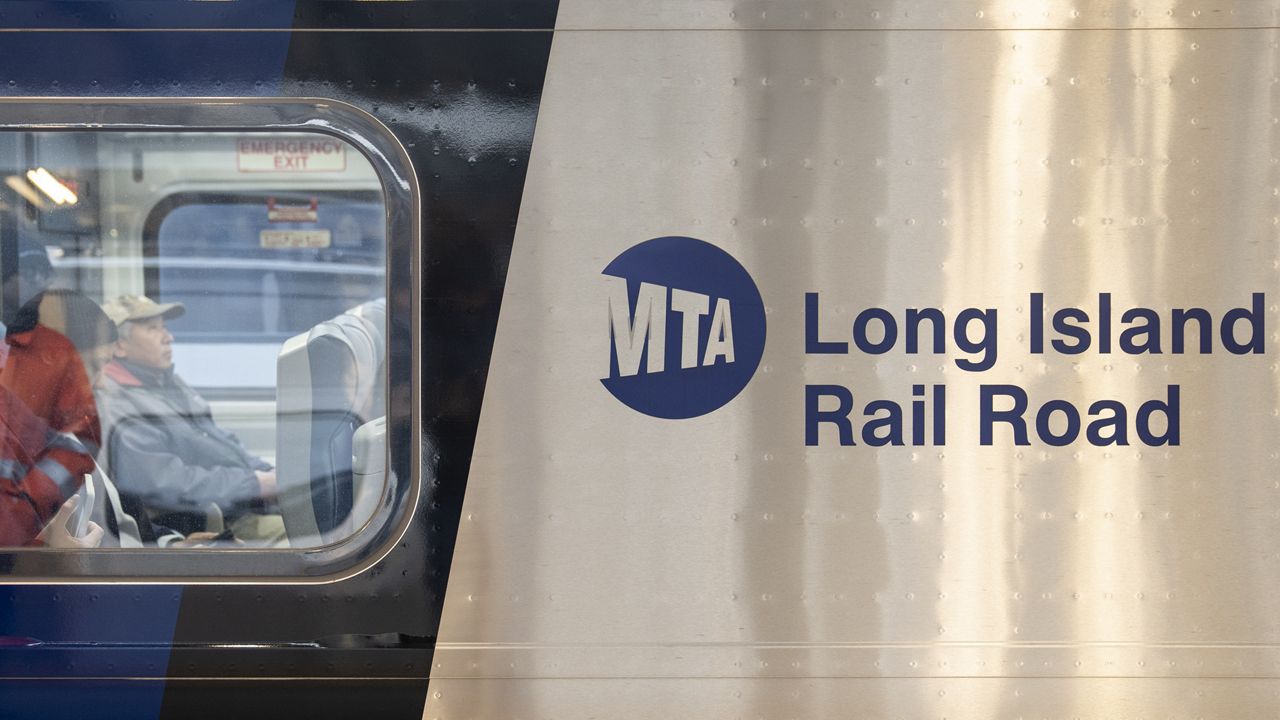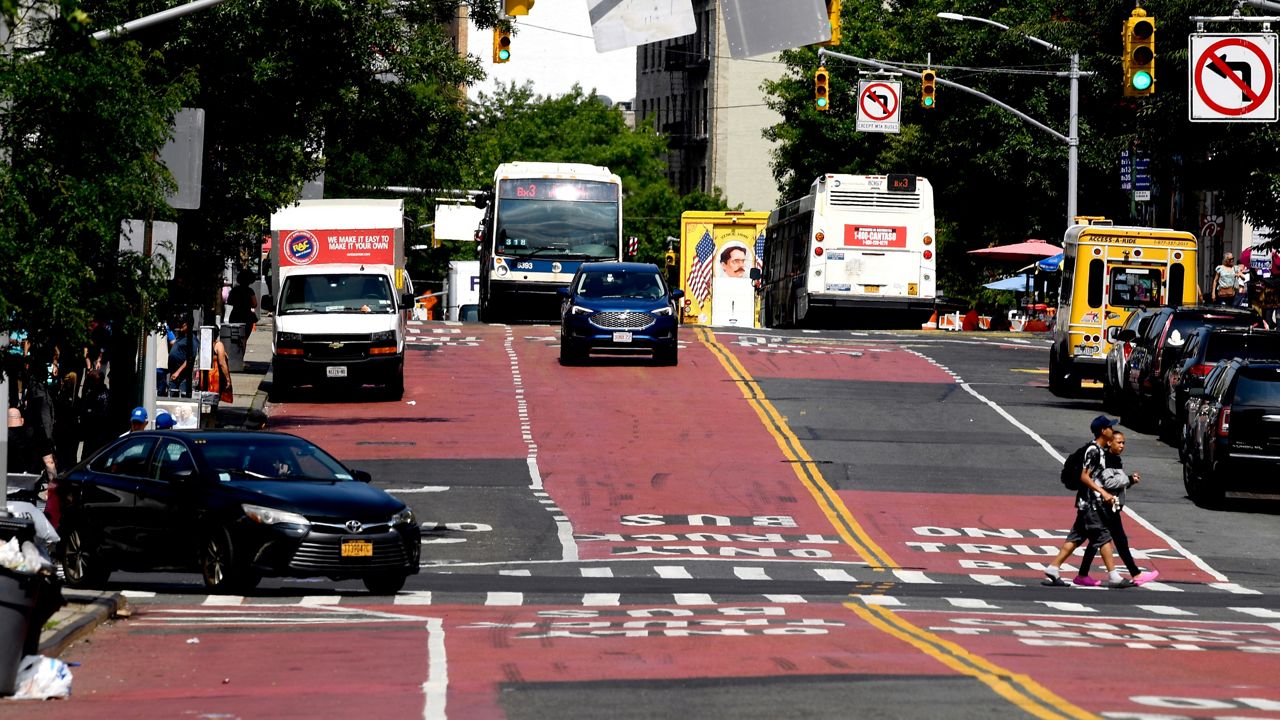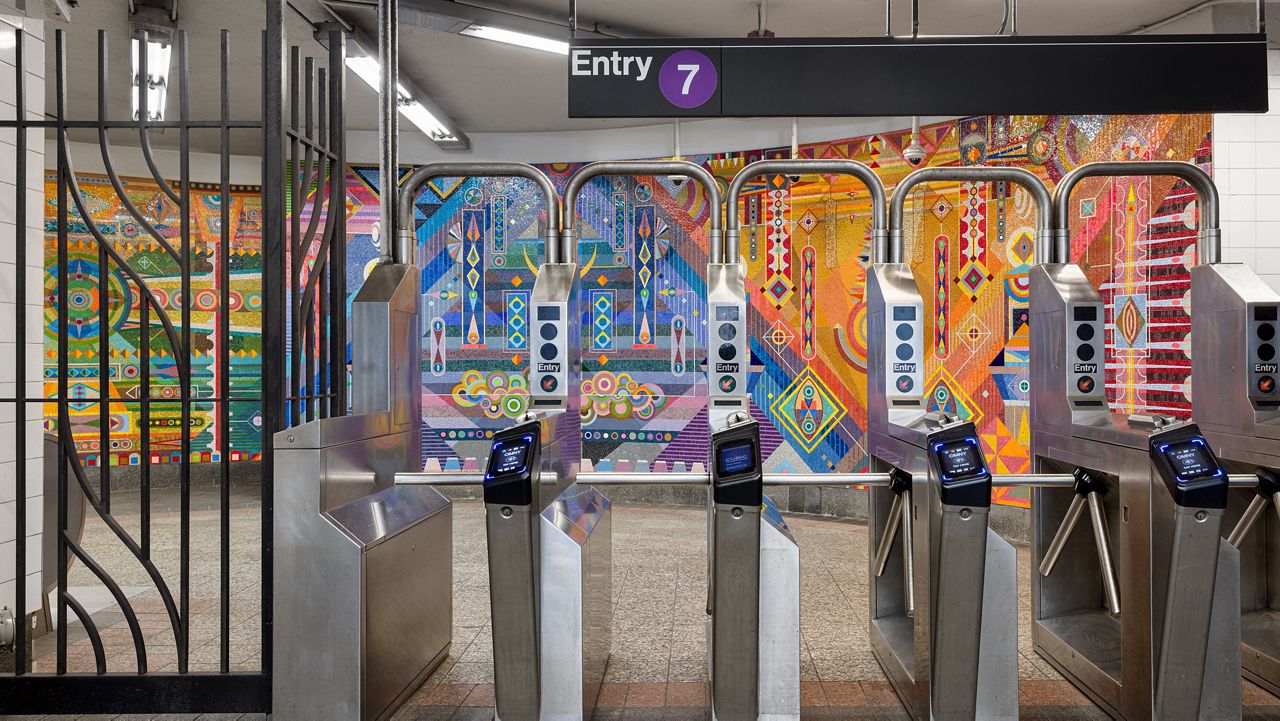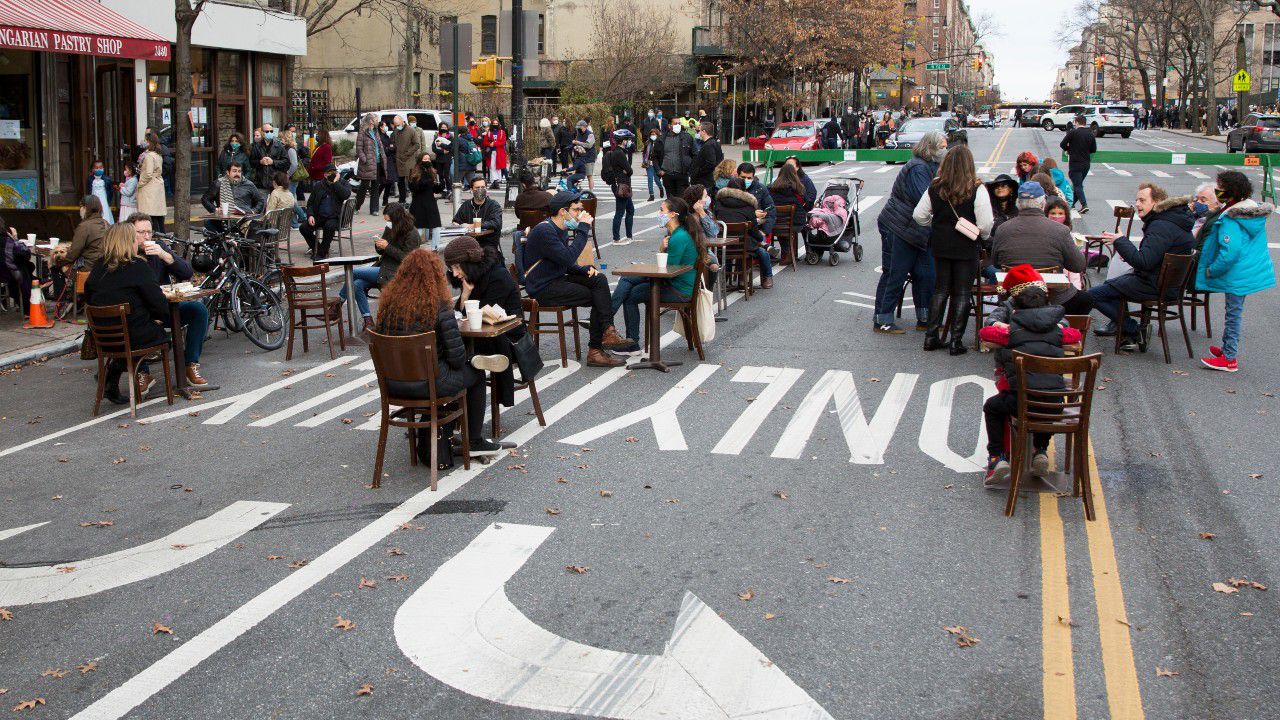For the second time in as many weeks, the MTA is making service changes to the Long Island Rail Road.
On Thursday, the MTA announced its plans to reroute some LIRR trains from Grand Central Madison to Penn Station starting next week. Officials say it’s part of an effort to improve service for riders and reduce overcrowding.
“We are pleased with the progress we’ve made this week and we are going to continue to make adjustments as we go,” MTA Chair and CEO Janno Lieber said in a statement. “From day one, we knew that there was going to be a learning curve. We are especially focused on what we can do to give riders a better understanding of their options, both through the TrainTime app, and also via announcements and signage. We are moving to a place where the system is achieving its goals and is working much better.”
Beginning Monday, March 13, two morning peak trains originally destined for Grand Central Madison will be rerouted to Penn Station, and another afternoon peak train will leave from Penn Station instead of Grand Central Madison. Additionally, one morning train in the “reverse peak” direction that had been departing from Grand Central Madison will depart from Penn Station instead.
The move comes after the MTA earlier this week added cars to seven trains to Penn Station for the morning rush hour and 10 trains for the afternoon rush hour, and also increased rush hour service to Brooklyn.
The LIRR’s rollout of full service to and from Grand Central last month was met with complaints from riders about limited service to and from Penn Station and Atlantic Terminal, fewer cars per train and longer wait times for transfers at Jamaica station.
MTA leadership assured straphangers the agency will continue to make adjustments as needed.
“The Long Island Rail Road team is all over the rollout in terms of looking for trends, what ridership is looking like, what trains are popular and adjusting accordingly,” said Long Island Rail Road Interim President and Metro-North President Catherine Rinaldi. “This is a very dynamic process and we are going to be continuously making adjustments based upon ridership and loading data. We look at it every single day.”








